
4 minutes read
Is PHP dead? Usage statistics and market share (October 2025)
Table of contents
Introduction
Every year someone declares PHP dead. Yet here we are in 2025 and the language is still running most of the web.
AI has changed how we build and deploy software, but the truth is that stable, mature ecosystems like PHP are the backbone of the modern internet. They quietly do the work while other technologies fight over frameworks, build tools, and hype cycles.
So let’s look at the latest PHP usage statistics for October 2025 and see whether the “PHP is dead” argument still holds up.
PHP usage statistics in 2025
According to W3Techs, PHP still powers 73.3% of websites with a known server-side language. Here’s the breakdown:
| Language | Usage (Oct 2025) |
|---|---|
| PHP | 73.3% |
| Ruby | 6.4% |
| Java | 5.4% |
| JavaScript | 5.0% |
| ASP.NET | 4.8% |
| Scala | 4.7% |
| Static files | 1.7% |
| Python | 1.2% |
| ColdFusion | 0.2% |
| Perl | 0.1% |
| Others | <0.1% |
Source: W3Techs
So no, PHP isn’t dead. In fact, it’s still the foundation for most of the web you use every day.
By the way, before you keep reading, here’s how W3Techs counts usage:
- The percentages are among sites where a server-side language is detectable, so not all sites on the internet. Their surveys update daily.
- A site can use more than one server-side language, and W3Techs reports usage for the subset of sites with a known language.
Learn more about the methodology of W3Techs.
Which PHP versions are most used
The big shift this year is that PHP 8 finally overtook PHP 7 on the public web. Here’s what that looks like:
| PHP Version | Usage (Oct 2025) |
|---|---|
| 8 | 51.5% |
| 7 | 38.6% |
| 5 | 9.9% |
| 4 | 0.1% |
Source: W3Techs
PHP 8 is now clearly dominant, and adoption will likely grow even faster as hosts update and WordPress continues to nudge users forward. By the way, WordPress now recommends PHP 8.3 or higher. It still works on 7.2.24+, but that’s legacy territory.
The PHP job market in 2025
Job data is messy, but the UK gives a decent snapshot. Here’s what IT Jobs Watch shows:
- PHP Developer: median £42,500, rank 580 (down slightly from last year)
- Senior PHP Developer: median £60,000, rank 652 (stable)
- PHP Laravel Developer: median £40,000, rank 653 (a bit higher than last year)
Source: IT Jobs Watch
So while generalist roles softened a bit, senior and Laravel-focused positions are holding up well. The demand is still there if you know where to look.
CMS market share: WordPress still rules
WordPress keeps PHP alive and well. It remains the most popular CMS on the planet.
| CMS | Share of all sites | Share among known CMS |
|---|---|---|
| WordPress | 43.3% | 60.7% |
| Shopify | 4.8% | 6.8% |
| Wix | 4.1% | 5.7% |
| Squarespace | 2.4% | 3.4% |
| Joomla | 1.4% | 2.0% |
| Webflow | 0.9% | 1.2% |
| Drupal | 0.8% | 1.1% |
(“No CMS” or custom builds account for 28.6% of all sites.)
Source: W3Techs
WordPress versions and plugins
Most WordPress sites have now moved to version 6.
| Version | Usage (Oct 2025) |
|---|---|
| 6 | 90.1% |
| 5 | 7.1% |
| 4 | 2.6% |
| 3 | 0.2% |
And these are the most used plugins:
| Plugin | Share |
|---|---|
| Elementor | 29.8% |
| WooCommerce | 20.4% |
| WPBakery | 8.7% |
Source: W3Techs
I’m not surprised to see Elementor and WooCommerce leading the pack. They’re basically ecosystems of their own at this point.
PHP frameworks market share
Download counts on Packagist are tricky. Laravel ships as a single framework package, while Symfony usage is spread across dozens of components. Comparing laravel/framework to symfony/symfony undercounts Symfony by design. If you want a single number, Symfony publishes aggregate component downloads: ~33.25 billion as of right now (and it goes up quickly). That is the real scale of Symfony on Packagist.
And here’s how they look on GitHub right now, which is a better way to jauge popularity:
| Framework | Stars |
|---|---|
| Laravel | 82.3k |
| Symfony | 30.7k |
| CodeIgniter (v3) | 18.2k |
| CakePHP | 8.8k |
As you can see, Laravel wins easily.
PHP releases in 2025
Here’s where we stand:
- PHP 8.3 is supported until December 31, 2025
- PHP 8.4 is supported until December 31, 2026
- PHP 8.5 is scheduled for November 20, 2025
If you’re still on PHP 7, it’s time to upgrade. Performance gains and type safety alone make it worth it.
So, is PHP dead?
Not even close. PHP still powers almost three quarters of the web, WordPress continues to grow, Laravel dominates frameworks, and the language itself evolves every year.
It’s not flashy, it’s not trendy, and that’s exactly why it works. The web runs on things that are predictable, maintainable, and well supported. PHP happens to be all three.
If anything, the 2025 PHP usage statistics prove that the language is more alive than ever.
Did you like this article? Then, keep learning:
- Stay updated with the upcoming PHP 8.4 features and release date
- Get recommendations on the best PHP blogs to stay current in 2025
- Explore the best PHP packages to use for projects in 2025
- Learn how to upgrade your PHP version with a 6-step guide
- Understand Laravel’s role and how it works for PHP developers
- See how Laravel remains relevant and useful with best practices for 2025
- Explore the job market and salary trends for Laravel developers
- Understand the PHP 8.3 release with new features and changes
- Review historical PHP usage statistics to compare trends over time
- Get insights on PHP 8.5’s features arriving in late 2025
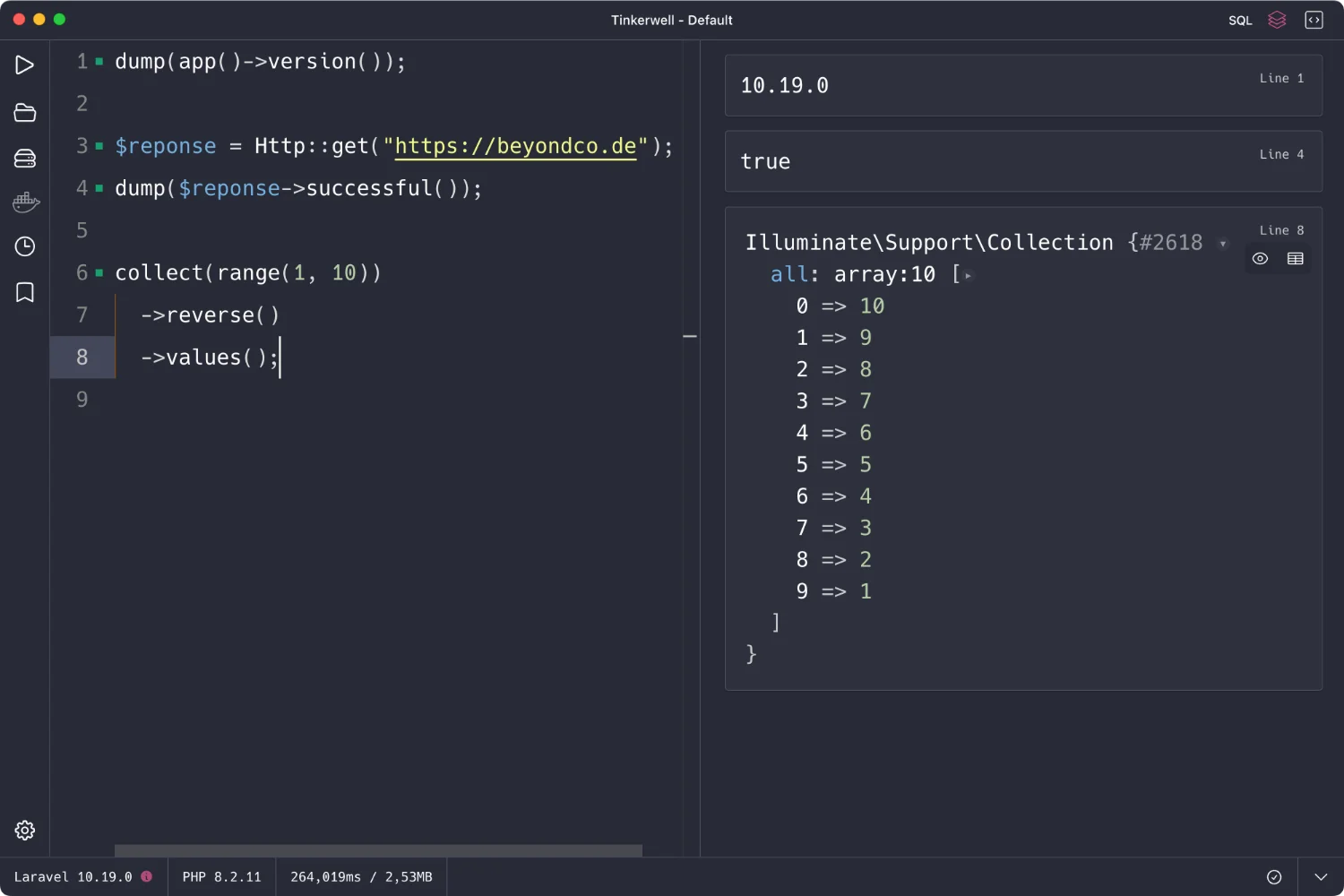
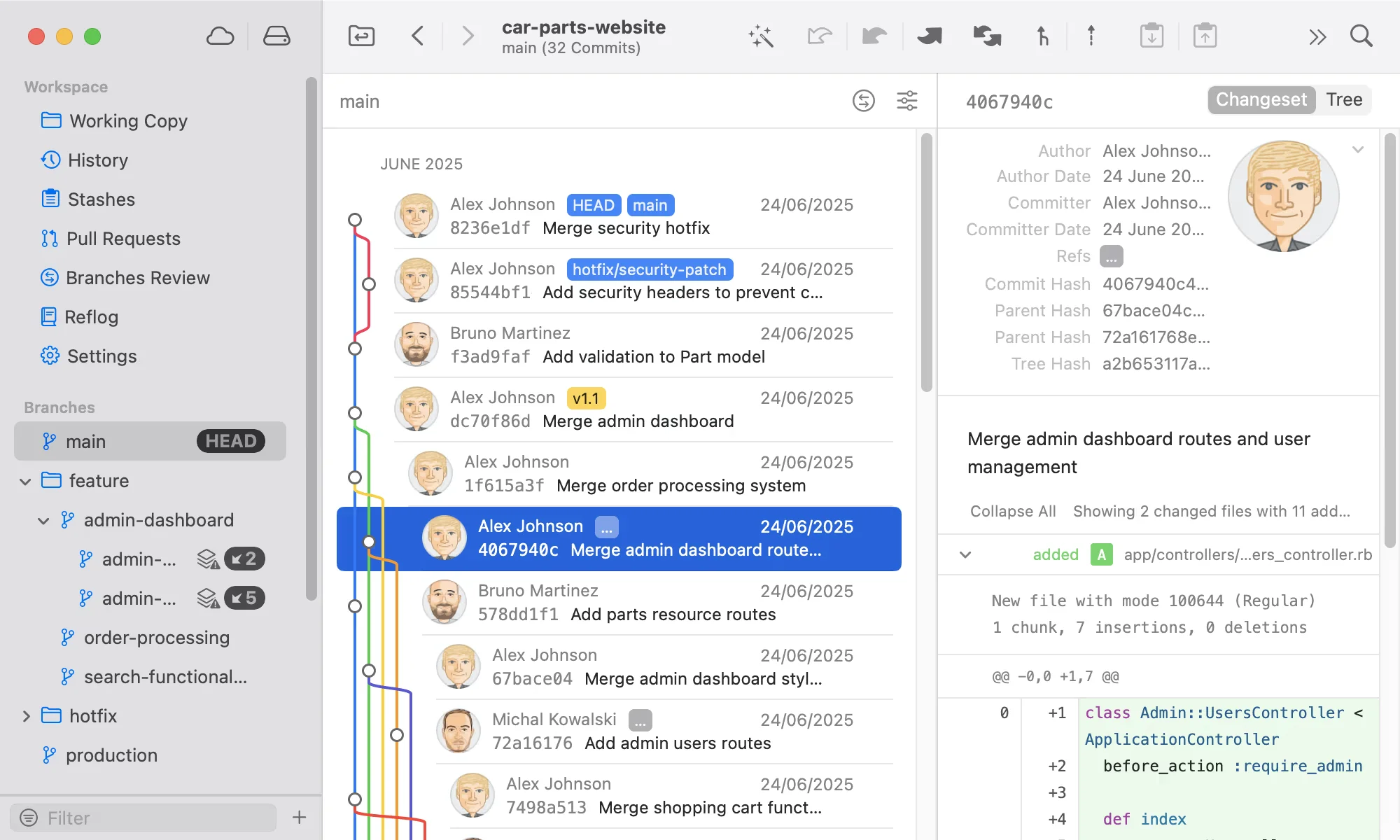
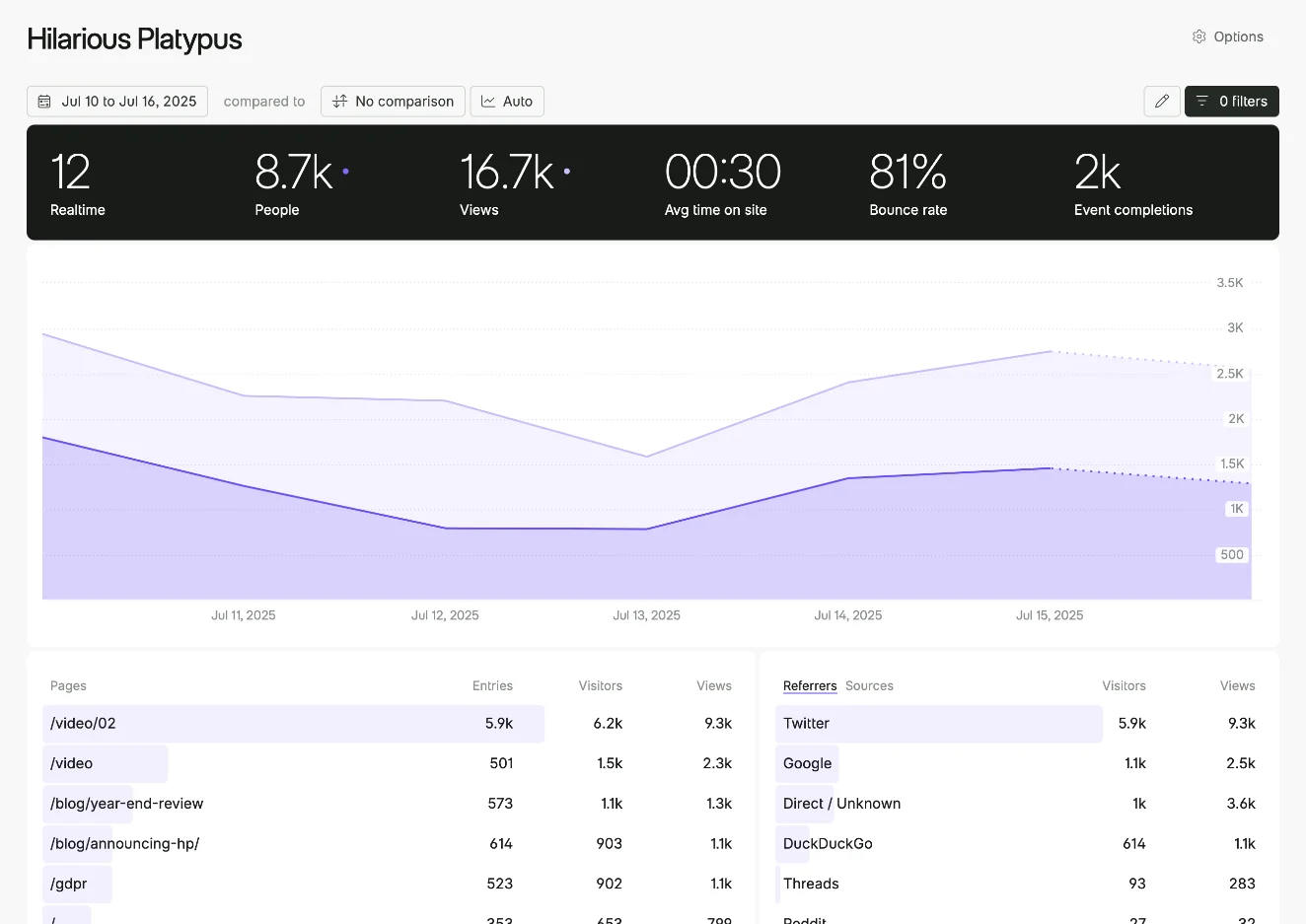
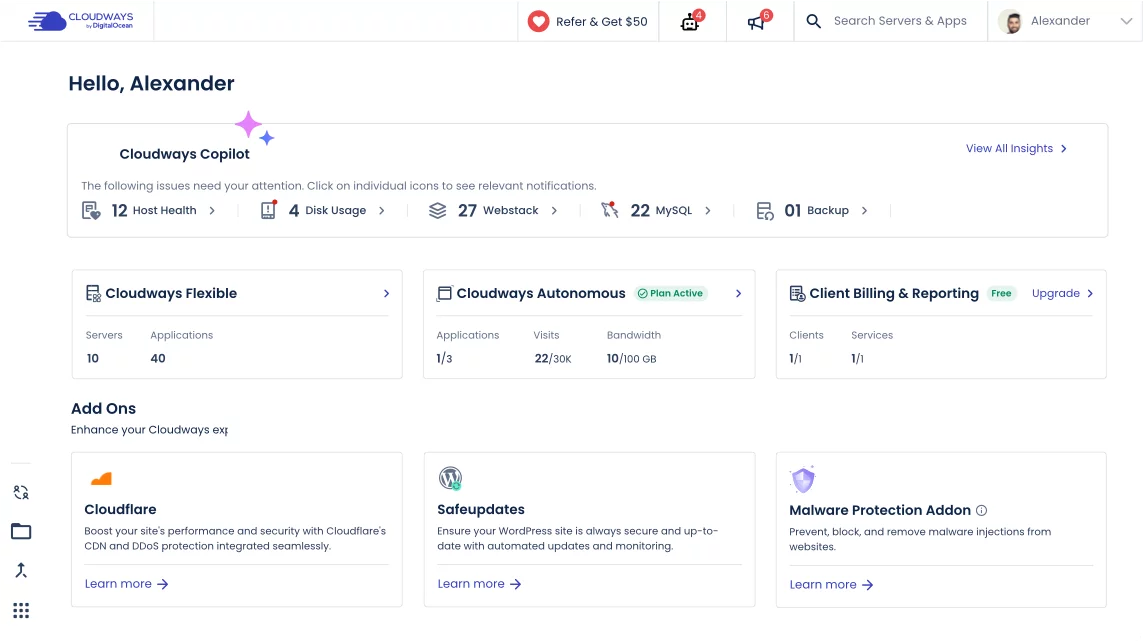

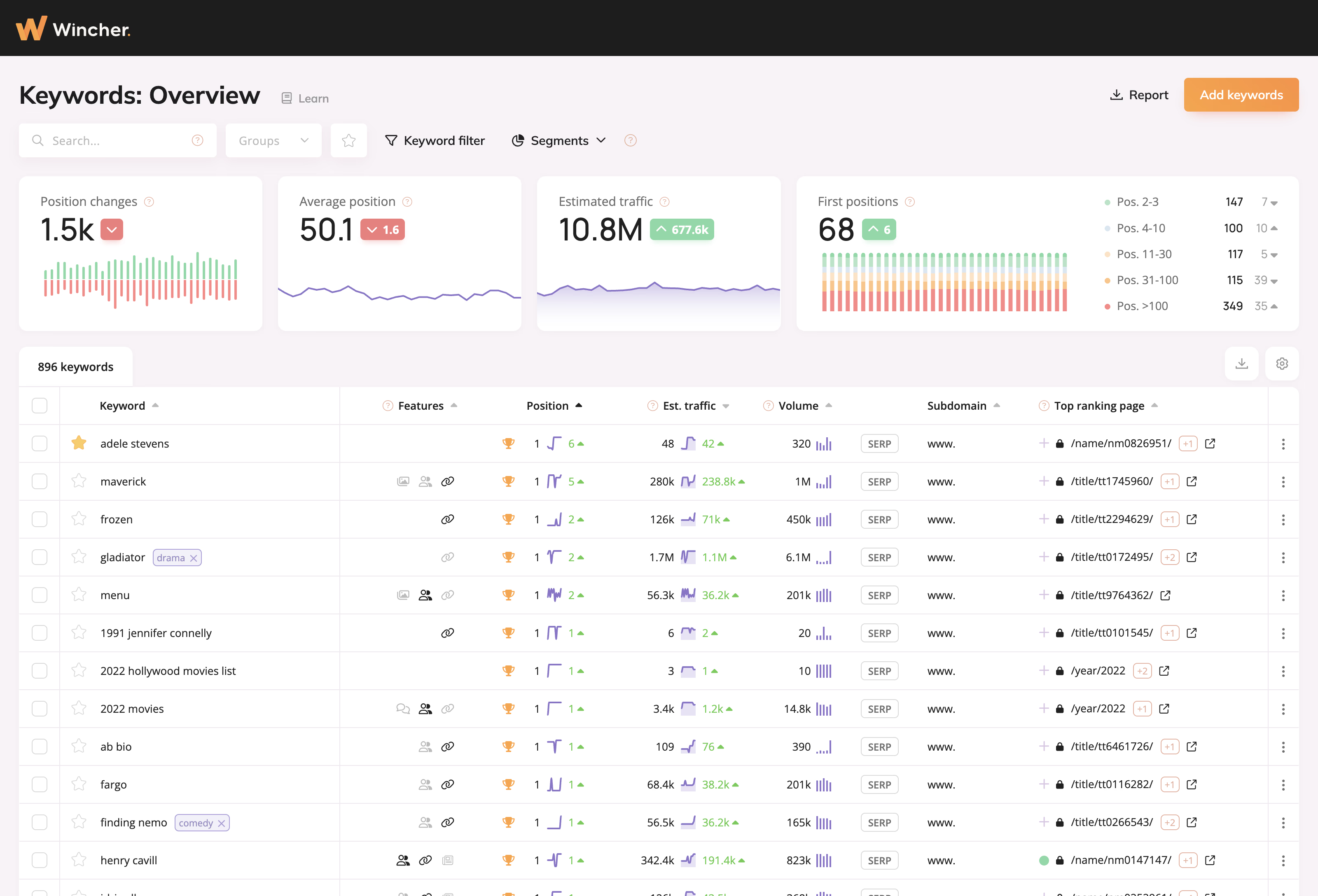
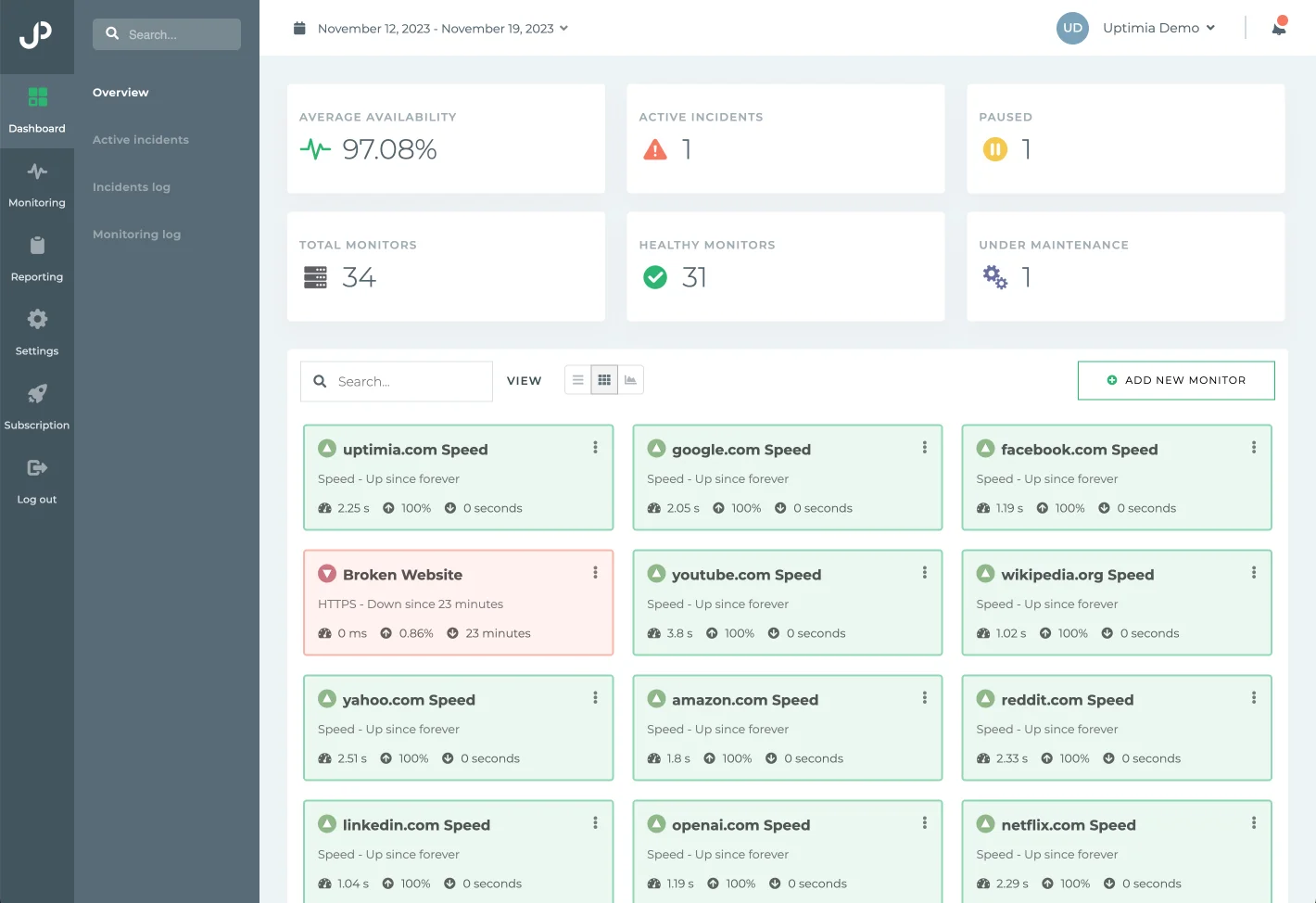
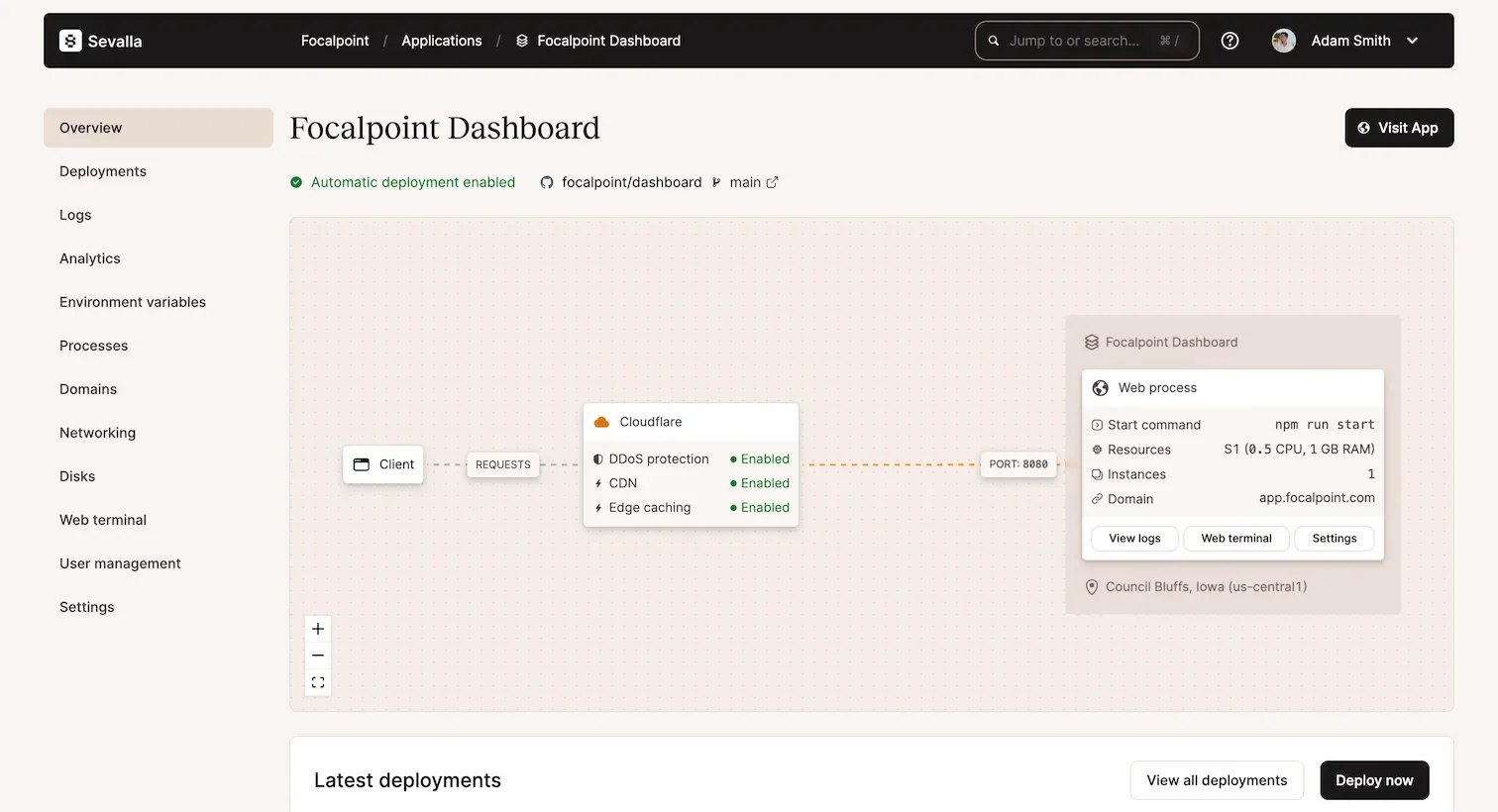
0 comments